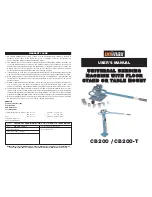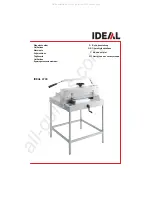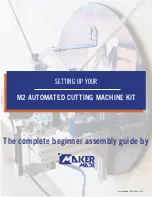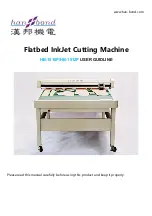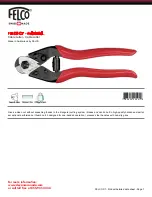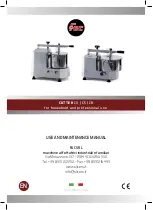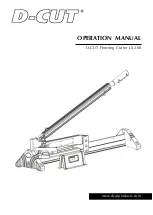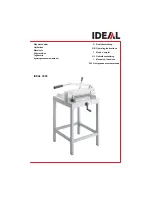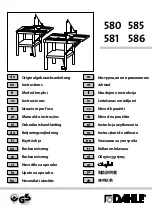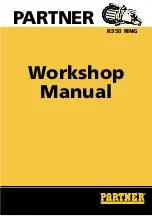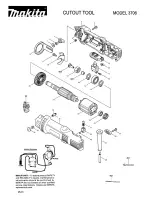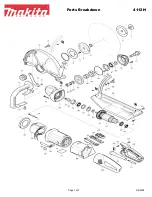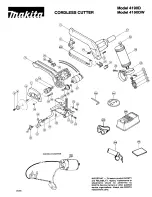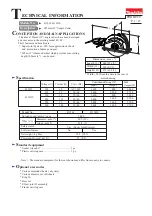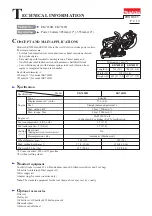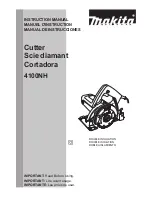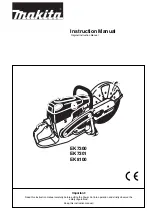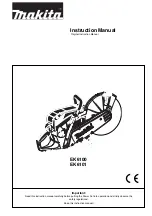
34
REQUIRED MATERIAL
Flat steel bar thickness 4.8 mm, max. width 50.8 mm.
2 flat steel bar 342.9 mm long
BENDING PROCEDURE
The letter "W" is made from two letters "V",
welded together, similarly as the letter "M".
REQUIRED MATERIAL
Flat steel bar thickness 4.8 mm, max. width 50.8 mm.
2 flat steel bar 190.5 mm long
Setting
Mark the locations of the bends. See the picture.
Bend
Slide the work piece in the machine all the way to
the mark No. A) and bend it to achieve the outer
measurement of 6" = 152.4 mm (see the pic.).
Final steps
Stitch weld both pieced together and make sure they
are parallel to each other. Grind and sandblast all sharp edges.
REQUIRED MATERIAL
Flat steel bar thickness 4.8 mm, max. width 50.8 mm.
1 flat steel bar 241.3 mm long
1 flat steel bar 95.3 mm long
BENDING PROCEDURE
(flat steel bar 241.3 mm long)
Mark the locations of the bends. See the picture.
95.3 mm
95.3 mm
95.3 mm
7
Setting the bending angle
•
Depending on the desired precision, use the appropriated angle-measuring gauge.
•
If you want to perform identical bends on identical work pieces (the same angle and bend position) you
may use the moveable and the non-moveable stoppers on the circle of the bracket.
•
The non-moveable stopper is used if higher precision is required.
•
Therefore, if you need higher precision of the angle setting, use the non-moveable stopper.
•
Tighten the nut only slightly and test the bend angle.
•
If everything is ok, tighten the nut firmly.
•
Test the final angle on an identical piece of material. Due to the resiliency of the material the bend has
tendency to come back a little.
•
After you test the angle and the bend, write all the information about the used dies, diameters and stud
positions an so on, to make setting in the future easier.
Using the stopper cube
Purpose of the stopper cube
•
The cube prevents the material / work piece from
turning during die-bending around the centre stud or
if another die has been placed on the centre stud.
•
Before you start bending, place and fix the stopper
cube (use the connection stud) in one of the five
large holes in the middle of the ring assembly.
(The large hole in the middle of the bracket is for
the centre stud). The hole you should use, shall be
determined based on the material thickness, nut
size, centre stud and on the position of the stopper
cube.
•
You may use the cube stopper in various positions
based on the angular tilt. The cube together with the
stud can be used in 5 different holes of the rotating
part of the tool.
•
The cube may be placed in various positions based
on the stud angular tilt. The positions of the stopper
cube are determined and described in the manual
with numbers. See picture on the right.
•
For bending purposes you may use only four positi-
ons though. Used options in this manual are shown
on the picture.
Warning:
place the stopper always to the right, away
from the centre - regardless what surface will
be touching the work piece. If you place the
cube on the left, away from the centre, the
work piece and the cube will move during the
bending process.
stopper cube
stopper cube positions
Stopper cube
Cube support placement
Cube support

